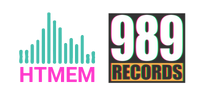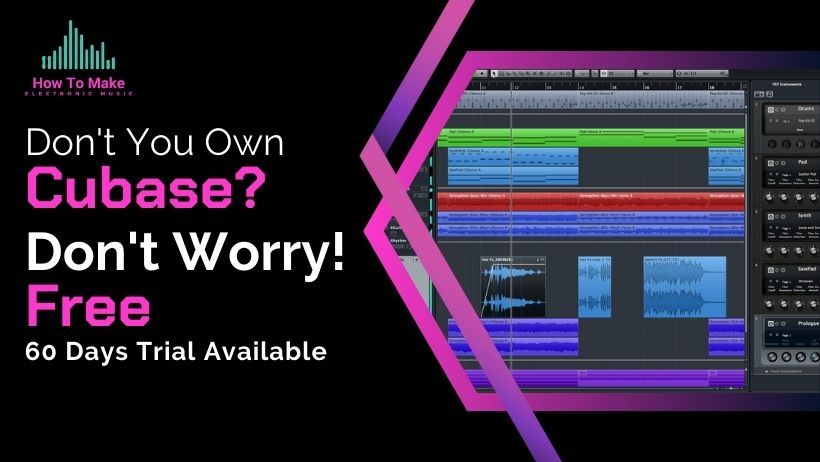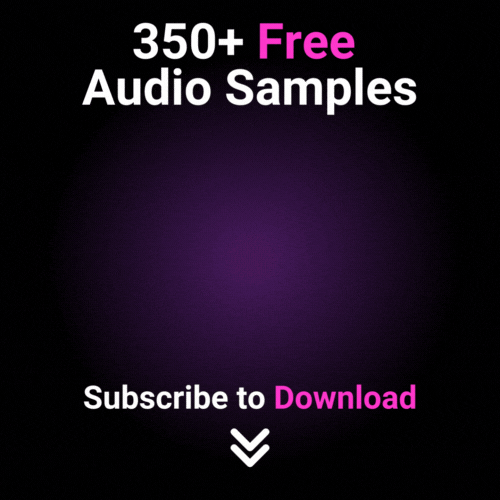Table of Contents
About Cubase Chord Pads
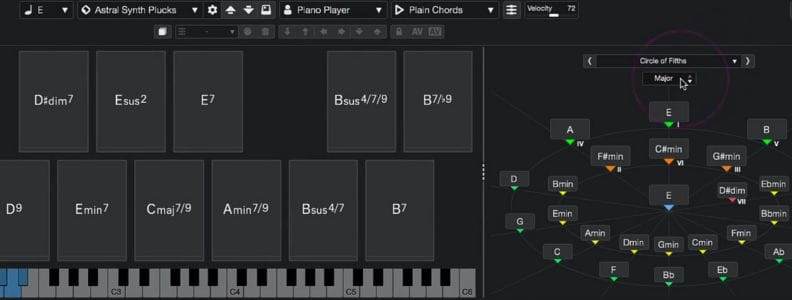
Create Chord Progression
Single or Multiple Chord Editing

Chord Generator Presets
Change Chord Pads Root Key
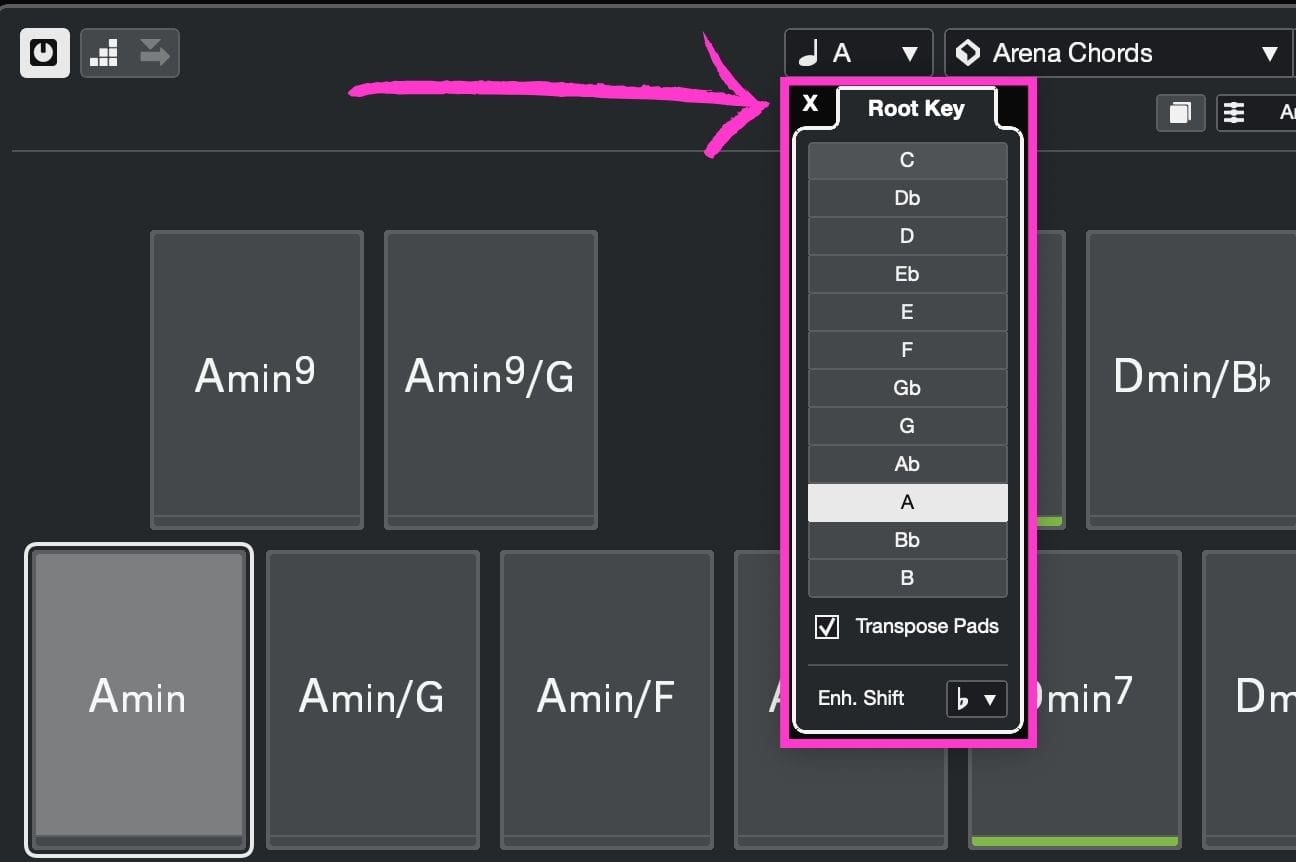
Chord Pads Settings

Chord Progressions Patterns
Pattern Display Settings: Nashville Vs. Roman Numerals
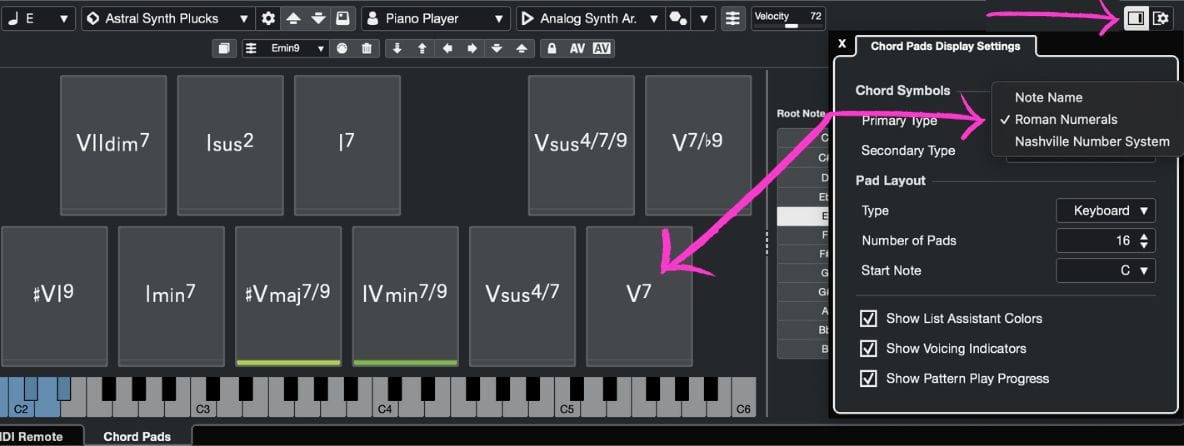
Pad Layout Settings
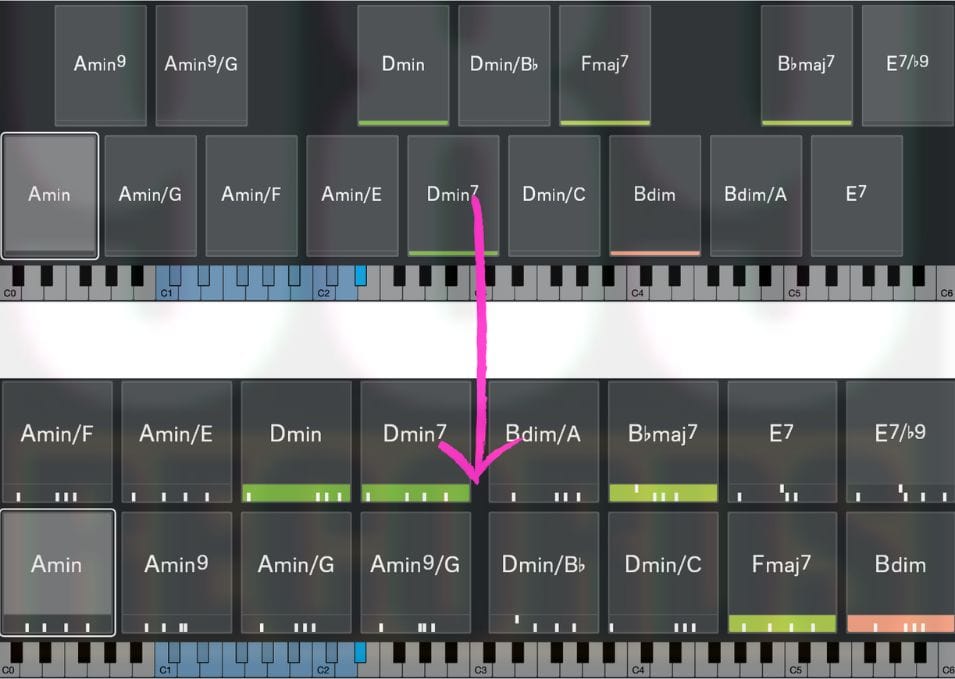
Pad Color: Easy Creative Process

Chord Progression Presets

Step Input Function

Conclusions
About the Author
Max Porcelli
Steinberg Certified Trainer, DJ, and Producer with 29 years of experience. He owns 989 Records, an Electronic Music Label based in Italy. Every Saturday he hosts an exciting Radio Show called 989 Records Radio Show on air on Patchouli Deep Radio, London.
Write your awesome label here.
